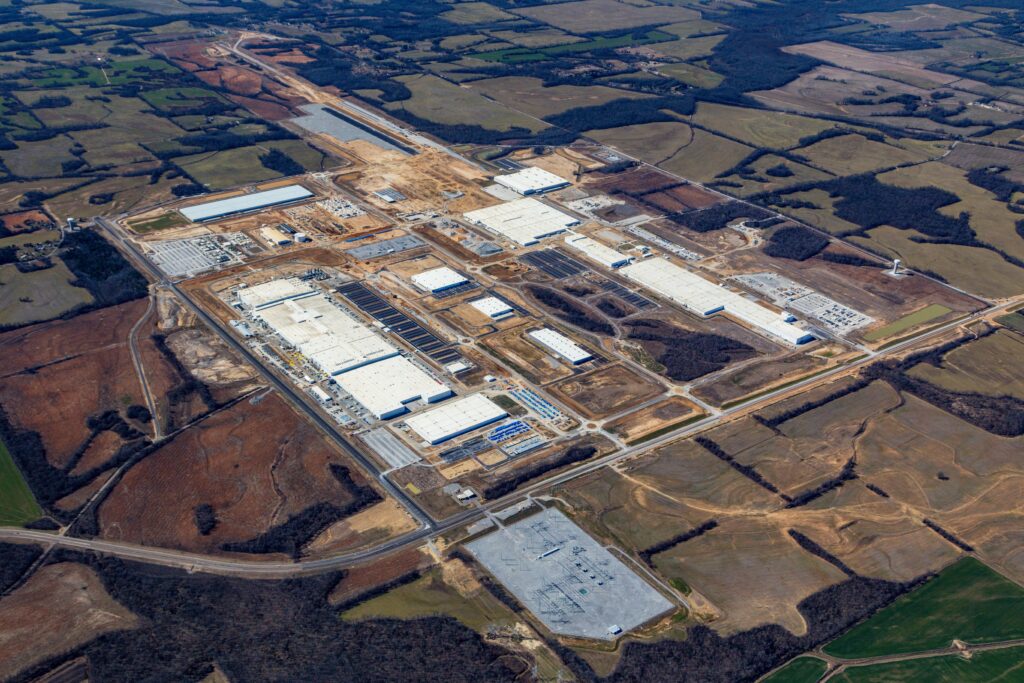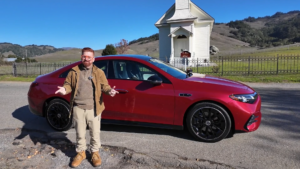Ford’s $5B EV Platform and 2027 Electric Pickup

Ford is betting big on American manufacturing to make EVs simpler, cheaper, and faster to build, starting with a midsize electric pickup due in 2027.
If you listen closely in Louisville, you can almost hear the echo of a Model T-era plant whistle, only now it’s digital, modular, and plugged into the future. Ford is putting roughly $5 billion into a new Universal EV Platform and a reinvented Universal EV Production System to bring a family of affordable electric vehicles to market. The first: a midsize, four-door electric pickup, assembled at Louisville Assembly Plant with a targeted starting price of about $30,000 and deliveries planned for 2027.
Why does this car matter right now?
Because affordability still decides the EV game. Ford’s Universal EV Platform trims complexity, about 20% fewer parts and a shorter, lighter wiring harness, while using prismatic lithium iron phosphate (LFP) batteries that are cobalt- and nickel-free. That cocktail should lower costs and improve durability. The structural battery pack forms the floor, dropping the center of gravity for a quieter ride and better handling, and unlocking more interior space.
The production side matters just as much. A century after Ford invented the moving line, the company is replacing the “one long conveyor” with an “assembly tree”: front, rear, and structural battery sub-assemblies built in parallel, then married at the end. Fewer stations, fewer fasteners, and a neater kit of parts should speed things up and improve ergonomics for line workers.
How does it compare to rivals?
Ford isn’t naming direct rivals yet, but the size and mission land between compact city EVs and full-size electric pickups. Think practical daily driver first, with useful truck capability. Ford says the truck will offer more passenger space than the latest Toyota RAV4, plus a frunk and a proper bed for locked, out-of-sight gear, handy if your weekend kit includes boards, bikes, or dog crates.
Performance will lean “quick enough to be fun”, Ford targets 0–60 mph comparable to Mustang EcoBoost. Pair that with over-the-air updates and a zonal electrical architecture, and the pitch is a mainstream EV that keeps getting better. Pricing, “about $30,000” to start, is the headline advantage if Ford hits it.
Who is this for, and who should skip it?
Buyers who should look closely: families and commuters who want an EV that acts like a daily driver first and a weekend truck second; small-business owners who value low running costs; and first-time EV shoppers wary of six-figure sticker shock. The structural LFP pack promises durability and value, and the bed-plus-frunk combo solves the “where do I put everything?” problem.
Buyers who might wait heavy haulers and long-distance towers may prefer larger, high-capacity trucks; speed purists may want a dedicated performance model. Trims, range, battery sizes, and charge times are still to come, so anyone with a specific spec sheet in mind will want to hold for the full reveal and EPA figures.
What’s the long-term significance?
This is as much a factory story as a vehicle story. Ford plans about $2 billion to transform the Louisville Assembly Plant and another $3 billion at BlueOval Battery Park in Michigan, where those prismatic LFP cells will be built. That’s nearly 4,000 direct jobs created or secured across the two projects and a stronger U.S. supply chain for critical components.
Manufacturing-wise, the “assembly tree” is designed to cut stations and shave build time by double digits, with some of that efficiency reinvested into in-house work and quality. If it scales, other models can ride the same platform, cars, trucks, and crossovers, meaning the pickup is the opening chapter, not the whole book.
Trims, pricing, and specs (what we know now)
Model: Midsize four-door electric pickup (name TBA)
Assembly: Louisville Assembly Plant (U.S. and export markets)
Launch timing: 2027
Targeted starting price: About $30,000
Battery: Prismatic LFP, structural pack (U.S.-assembled cells planned at Blue Oval Battery Park Michigan)
Performance target: 0–60 mph comparable to Mustang EcoBoost
Interior/cargo: More passenger space than 2025 Toyota RAV4, plus frunk and bed
Trims, ranges, charging, and tow ratings: To be announced
Safety ratings and government data
NHTSA and IIHS ratings will post closer to launch. As always, shoppers can review crash-test results and award criteria directly from the source once the vehicle is tested: NHTSA’s 5-Star Safety Ratings and IIHS crashworthiness and crash-avoidance protocols.
Bottom line: If Ford lands the price, the packaging, and the pace on its new line, this could be the moment the EV conversation shifts from “someday” to “sign me up.” It’s a big bet on American workers, cleaner chemistry, and a simpler way to build cars people can actually afford.






